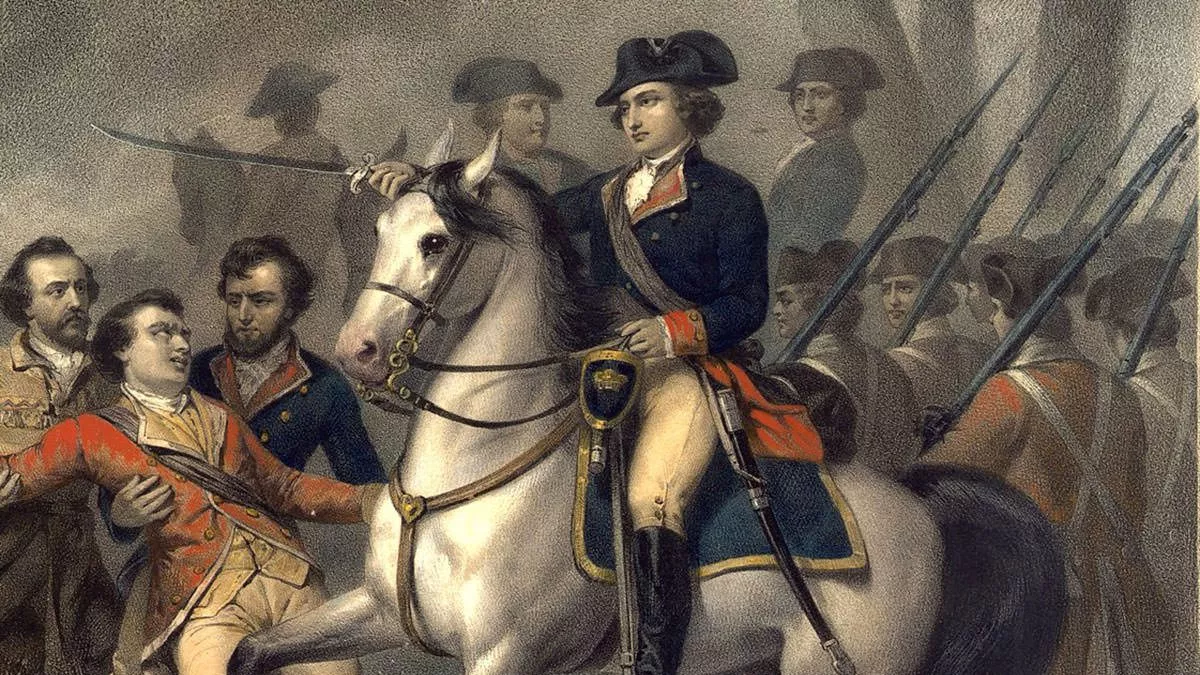Fought between 1754 and 1763, the French and Indian War is considered a part of the larger Seven Years War (1756 – 1763), which was fought between alliances led by Great Britain and France. In North America, the two empires sought to extend their influence in the region leading to the conflict. The French and Indian War pitted France, French colonists and their Native allies against Great Britain, the Anglo-American colonists and their Native allies.
Table of Contents
S1 – Overview
The French and Indian War began with a series of incidents in the upper Ohio River valley, which was claimed by both the sides as their territory. The conflict ended with the signing of the Treaty of Paris on February 10, 1763. It resulted in Great Britain securing major territorial gains in North America. These included all French territory east of the Mississippi river, as well as Spanish Florida. However, the treaty returned Cuba to Spain.
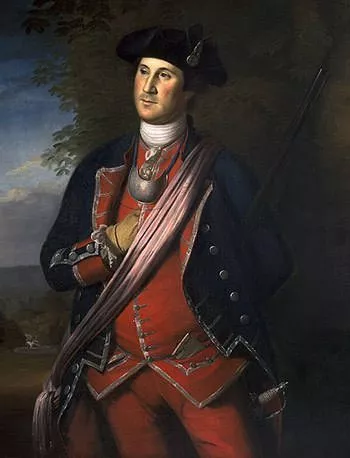
S2 – Role of Washington In Initiating The Conflict
George Washington had been appointed a major in the provincial militia by Virginian lieutenant governor Robert Dinwiddie in February 1753. The French had constructed a number of forts in the disputed upper Ohio River valley. In late 1753, Dinwiddie sent 21 year old Major Washington with a small expedition to order the removal of the French forts. The French, however, denied English claim to the region and refused to remove their forts.
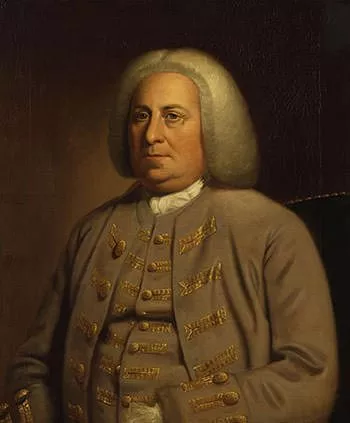
Washington returned to Dinwiddie informing him about the French reply. While tensions between the two sides rose, Dinwiddie promoted Washington to the rank of Lieutenant Colonel. On May 28, 1754, colonial militia from Virginia under the command of Washington became involved in a brief fight with the French forces in which the French leader Joseph Coulon de Jumonville was killed.
This skirmish, known as the Battle of Jumonville Glen, was the first battle of the French and Indian War. Since Britain and France were not at war at this point, the battle is considered a contributing factor in the start of the larger Seven Years’ War, which spread as far away as Europe, Africa and India.

S3 – Surrender of Fort Necessity
After hostilities began with the Battle of Jumonville Glen, French commander at Fort Duquesne, Claude-Pierre Pecaudy de Contrecoeur, ordered Captain Louis Coulon de Villiers to attack Washington’s unit. He was given a force of nearly 600 French soldiers and Canadian militiamen. Expecting the French to retaliate, Washington fortified his position at Great Meadows. The fort he built was named Fort Necessity. Moreover, he had a force of around 400 men to counter the French.
The French defeated Washington in the Battle of Fort Necessity and forced him to surrender his troops. This was the only time that Washington surrendered to an enemy in battle. Following his surrender, Virginian lieutenant governor Dinwiddie reorganized the Virginia Regiment into separate companies, with no ranks above captain. Instead of accepting a demotion, Washington resigned.
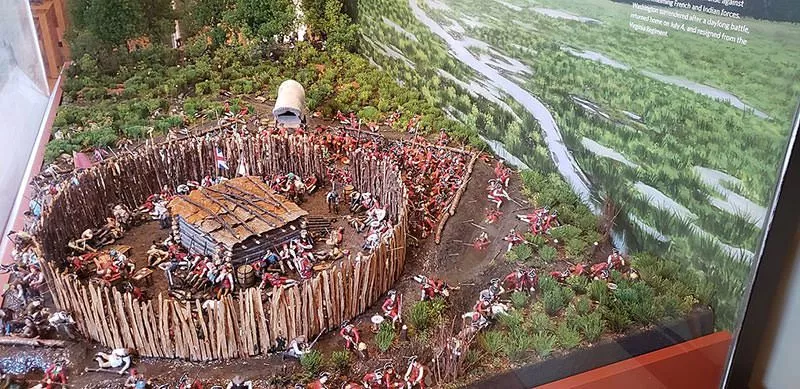
S4 – Organizing Retreat In The Battle of Monongahela
As war intensified, England decided that the best way to drive the French from the Ohio River Valley was to send in regular troops from the Royal Army. Consequently, Major General Edward Braddock led a force of 2,100 British Regulars and 500 colonial militia to take the French stronghold at Fort Duquesne. As he needed an aide with experience in the conflict, he offered the post of aide-de-camp to George Washington, which Washington accepted.
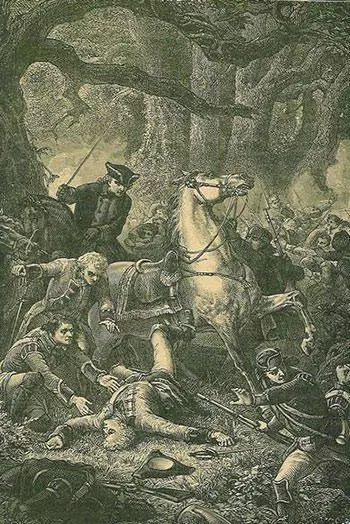
On July 9, 1755, a French and Native American force suddenly attacked Braddock’s leading force of 1,300 men and completed routed them. Most of the senior British officers were killed or seriously wounded in the battle, known as the Battle of Monongahela. It was Washington who organized a somewhat orderly retreat helping many soldiers escape from the onslaught. During the battle, Washington had two horses shot from under him and his coat was pierced by four musket balls.
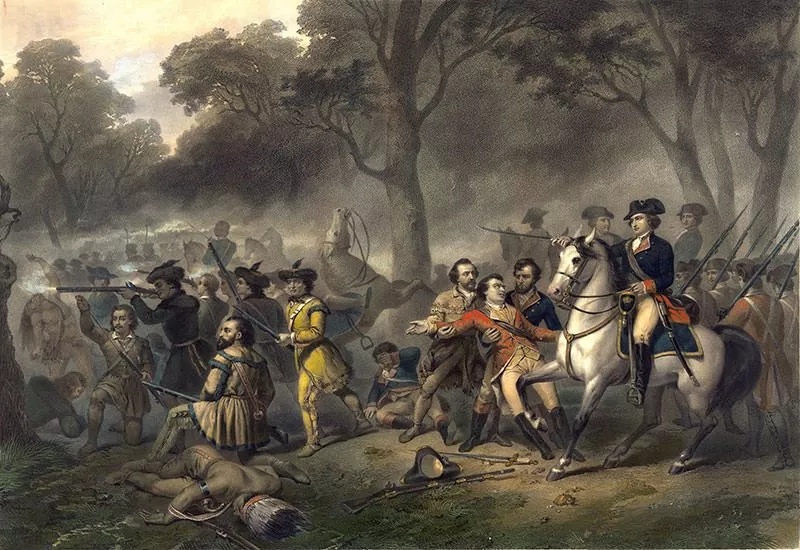
S5 – Capture of Fort Duquesne
Washington was hailed as the “hero of Monongahela” in Virginia for his work in organizing the retreat. The colonials gave him command of all Virginian forces and he was given the duty of defending the western frontier of the colony from Native American attacks.
The next major action of Washington in the French and Indian War came under the command of Brig. Gen. John Forbes. The brigadier led a force of almost 2,000 British Regulars and 5,000 colonial militia to attack French strongholds at the Forks of the Ohio in 1757–1758.
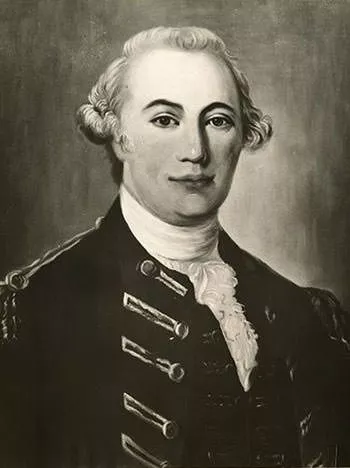
On November 24, 1758, Washington led a contingent of Virginians that occupied the smoking ruins of the abandoned Fort Duquesne. He then resigned from the military and went home to Mount Vernon. The expedition was thus his last activity in the French and Indian War.
Main Sources:-
“French and Indian War/Seven Years’ War, 1754–63”. U.S. Department of State.
Anderson, Fred. (2000). “Crucible of War: The Seven Years’ War and the Fate of Empire in British North America, 1754–1766”. p 30.
“Incidents leading up to the French and Indian War, 1753-1754”. U.S. Department of State.
“Ten Facts About George Washington and the French & Indian War”. George Washington’s Mount Vernon.
Ferling, John E. (1989). “The First of Men: A Life of George Washington”. p 26.
Knott, Stephen. “George Washington: Life Before The Presidency”. Miller Center.
Lengel, Edward (2005). “General George Washington”. p.60

